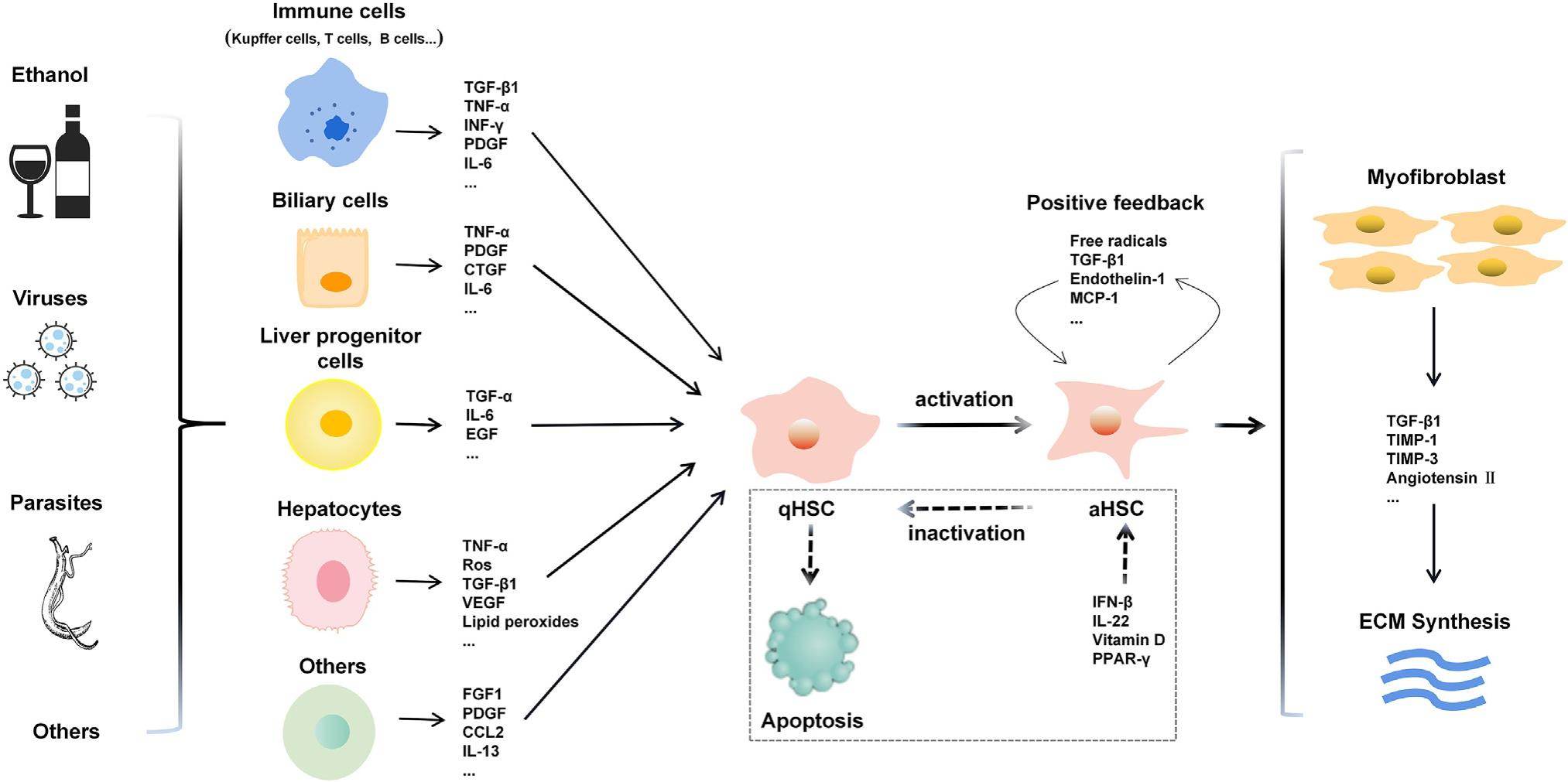
Interplays of liver fibrosis-associated microRNAs: Molecular mechanisms and implications in diagnosis and therapy


microRNAs (miRNAs) are a class of non-coding functional small RNA composed of 21-23 nucleotides, having multiple associations with liver fibrosis. Fibrosis-associated miRNAs are roughly classified into pro-fibrosis or anti-fibrosis types. The former is capable of activating hepatic stellate cells (HSCs) by modulating pro-fibrotic signaling pathways, mainly including TGF-b/SMAD, WNT/β -catenin, and Hedgehog; the latter is responsible for maintenance of the quiescent phenotype of normal HSCs, phenotypic reversion of activated HSCs (aHSCs), inhibition of HSCs proliferation and suppression of the extracellular matrix-associated gene expression. Moreover, several miRNAs are involved in regulation of liver fibrosis via alternative mechanisms, such as interacting between hepatocytes and other liver cells via exosomes and increasing autophagy of aHSCs. Thus, understanding the role of these miRNAs may provide new avenues for the development of novel interventions against hepatic fibrosis.
